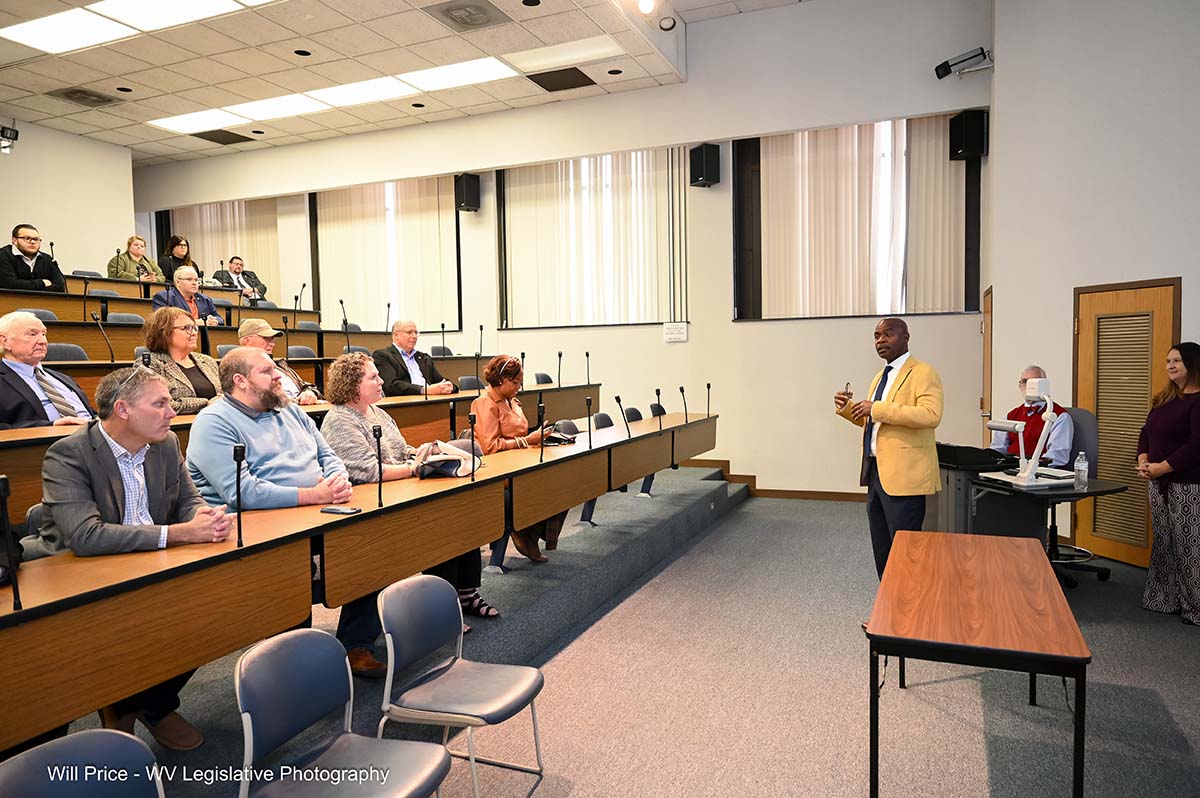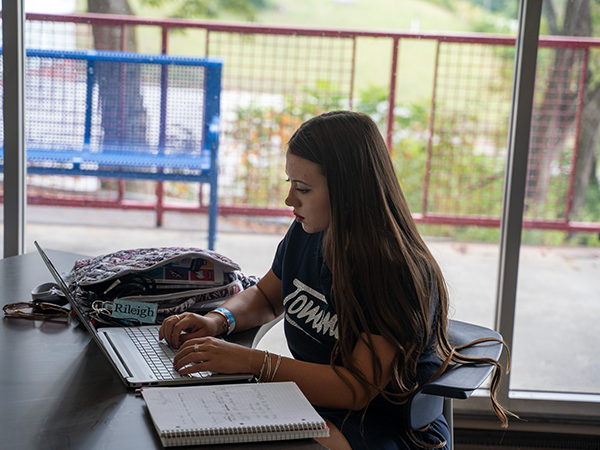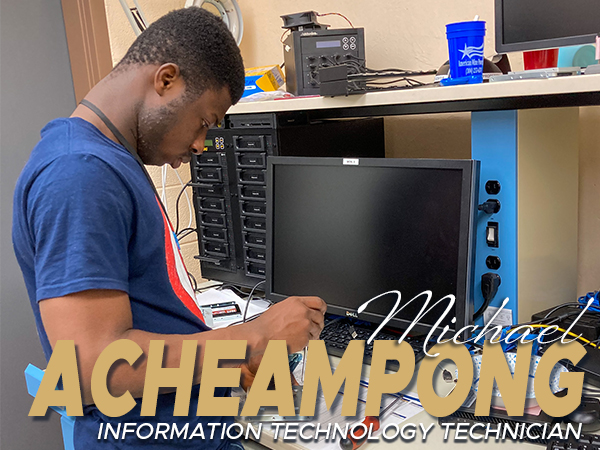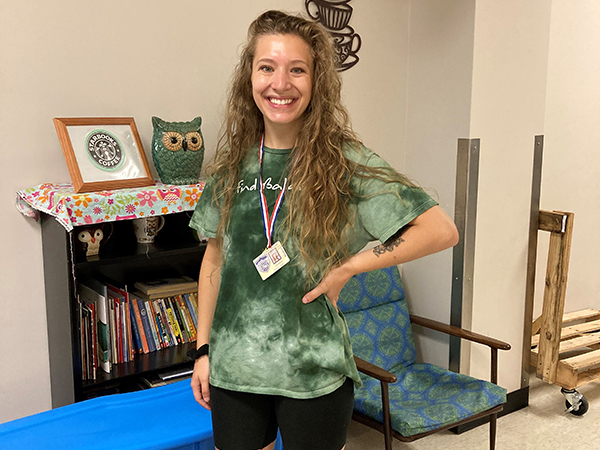West Virginia Legislative Committee on Education Tours Bluefield State University
Members of the West Virginia Legislature’s Joint Standing Committee on Education visited Bluefield State University on Monday, November 3, for a campus tour and discussions highlighting the university’s record enrollment growth, expanding academic programs, and facility improvements that support workforce development across southern West Virginia.
The visit coincided with legislative interim meetings held at Pipestem over the weekend. Faculty, staff, and students had the opportunity to share the many ways Bluefield State University extends its impact throughout southern West Virginia, across the state, and into the broader region, demonstrating the university’s reach and influence. Legislators saw how the combined impact of state funding, federal grants, and private donor support is propelling BSU’s growth and expanding opportunities for students.
Bluefield State is experiencing record enrollment for Fall 2025, with 1,442 students, the highest number in a decade. Overall enrollment has increased nearly 10 percent compared to last year, while first-time freshman enrollment rose an impressive 43.57 percent. This growth reflects renewed confidence in BSU’s direction, the strength of its academic offerings, and its expanding role in preparing graduates to meet West Virginia’s workforce needs.
“Bluefield State is growing in ways that directly strengthen the economy and workforce of southern West Virginia,” said Dr. Darrin Martin, President of Bluefield State University. “We are grateful to our legislators for taking the time to see firsthand how their continued support translates into opportunity for our students and our communities.”
During the visit, legislators toured Dickason Hall, home to the university’s engineering and computer science programs, and the Medical Education Center, which houses nursing and health sciences classrooms and labs. Presentations highlighted new programs in business, education, and allied health, as well as plans for expanded student housing and campus infrastructure improvements.
Faculty from the School of Nursing and Allied Health also provided an overview of how Bluefield State’s health sciences programs are helping meet the growing demand for nurses and healthcare professionals across southern West Virginia and neighboring regions. Lawmakers learned how BSU graduates are filling critical positions in hospitals, clinics, and long-term care facilities, and how expanded training opportunities supported by modern labs, simulation equipment, and partnerships with local healthcare providers are strengthening both the regional workforce and access to quality care.
President Martin also delivered a presentation emphasizing the economic importance of Bluefield State University to the City of Bluefield, the State of West Virginia, and the broader Appalachian region. He highlighted data showing BSU’s role as a key driver of local investment, job creation, and workforce retention, noting that more than half of Bluefield State graduates remain in West Virginia to live and work, contributing directly to the state’s long-term economic vitality.
Bluefield City Manager Cecil Marsen emphasized the strong and growing partnership between the city and the university, citing their collaboration on the Safe Streets For All and Reconnecting Neighborhoods grants. “Our partnership with Bluefield State keeps getting stronger,” Marsen said. “We share the same goal, to make Bluefield a place where people want to live, learn, and invest. Working together on projects like Safe Streets and Reconnecting Neighborhoods is helping us build a community that is safer and more vibrant for everyone.” The tour concluded with a discussion and refreshments in the Medical Education Center’s multipurpose room, where lawmakers met with faculty, students, and community partners who are helping drive Bluefield State’s continued growth.







